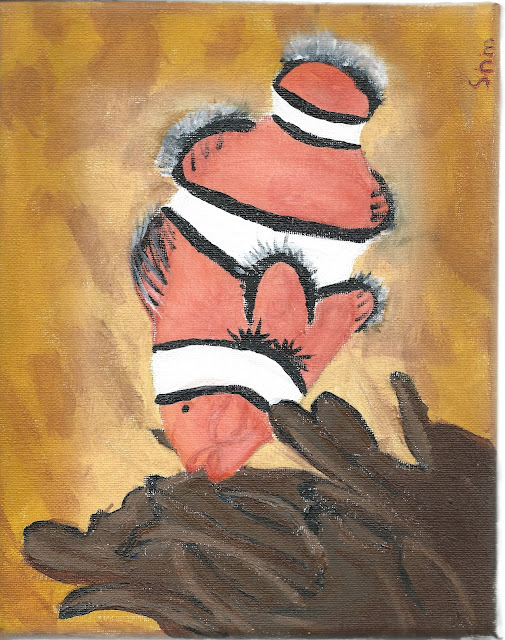Things I did in my co-op socials class
> Subject: Social Studies - Class Activities
> Geneva suggested you may want to forward this to your contact teachers!
> - Over 4 classes the children filled out worksheets on children's and there related responsibilities
> Together the class came up with responsibilities, later we added scripture related to the idea.
> - the children we're ask to form a circle - we past a ball of yarn, around - each person held a piece - then past it to the third person from them- when everyone helped a piece a web was formed- then I ask one person to make the yarn shorter- to do this it messed up the web- when another person let go of there piece the web began to fall apart. This was done to demonstrate the giving and taking of rights - and how we are interdepend as a society
> - children divided into two groups - given a large poster board- asked to draw a large simple drawing of a child - boy or girl - name the child - then they were given 5 sticky note each and ask right thing the child needs to go up healthy and happy and place these on their child - then they were told the child's father lost his job and they had to remove five things - they decide together what were the least important things- then a flood or fire made the situation worse and they had to remove five more- - the two groups compared what had they removed first - what was in common with what the all choose to keep - this was done to look at needs and want and the issue of poverty
> -in class the children were shown how make a circle graph of their day ( like Sita's) example for rough copy was on the board, to use to make a rough copy for their own
> - looked at similar activities they as a class do in a then decided what the categories should be for their circle graphs
> - later we discussed and compared their day to Sita's how much time did they spend working, free time... To prepare for a paragraph comparison of life styles
> - labeled map of Nepal - features - mountains, rivers,
> - filled in statistics - content, capital, population, area, resources industry etc.
> - using example on the board the class drew a diagram of A poverty cycle
> - Filled out worksheet an social safety defining things like long term aid, foundation
> - after talking about type governments - I became a dictator - communistic - and required the child to all bring items for shoe a box - one student suggested we do two, another that we do older boys ( more people choose girls ) they voted - all agreed
> - review of government - filled out chart of Canadian Government Structure - showing branches of government - We discussed, then I wrote definition or description on the board and the filled it in under the right heading
> - work sheet on how the government is formed - done tougher in class
> - class was asked to highlight ' government ' as we read notes on Centrally controlled economy
> and highlight ' business ' when we read through notes on Market- oriented economy
> - did work sheet on Economies words to know
> - presented the coupon booklet as a possible fund raiser and as an example of business opportunity - cost of each book - potential profit earned from each -
> - played the game of Life first, communist / dictatorship way - no choice of career, only two babies- pay roll everyone given almost the same amount - boring - then played normal way much better
> - where given map of China - filled
> - watched a video on Canada's trade history - brief history and how our good relationship with British affected our trade and development of manufacturing compared to the USA who broke of ties and began manufacturing more - how water ways affect settlement and trade- who Canada trades with - export of natural resources - import of manufactured goods- answered the questions worksheet relating to video - looked at map of the Pacific Rim - discussed how coastal cities access to shipping






















































